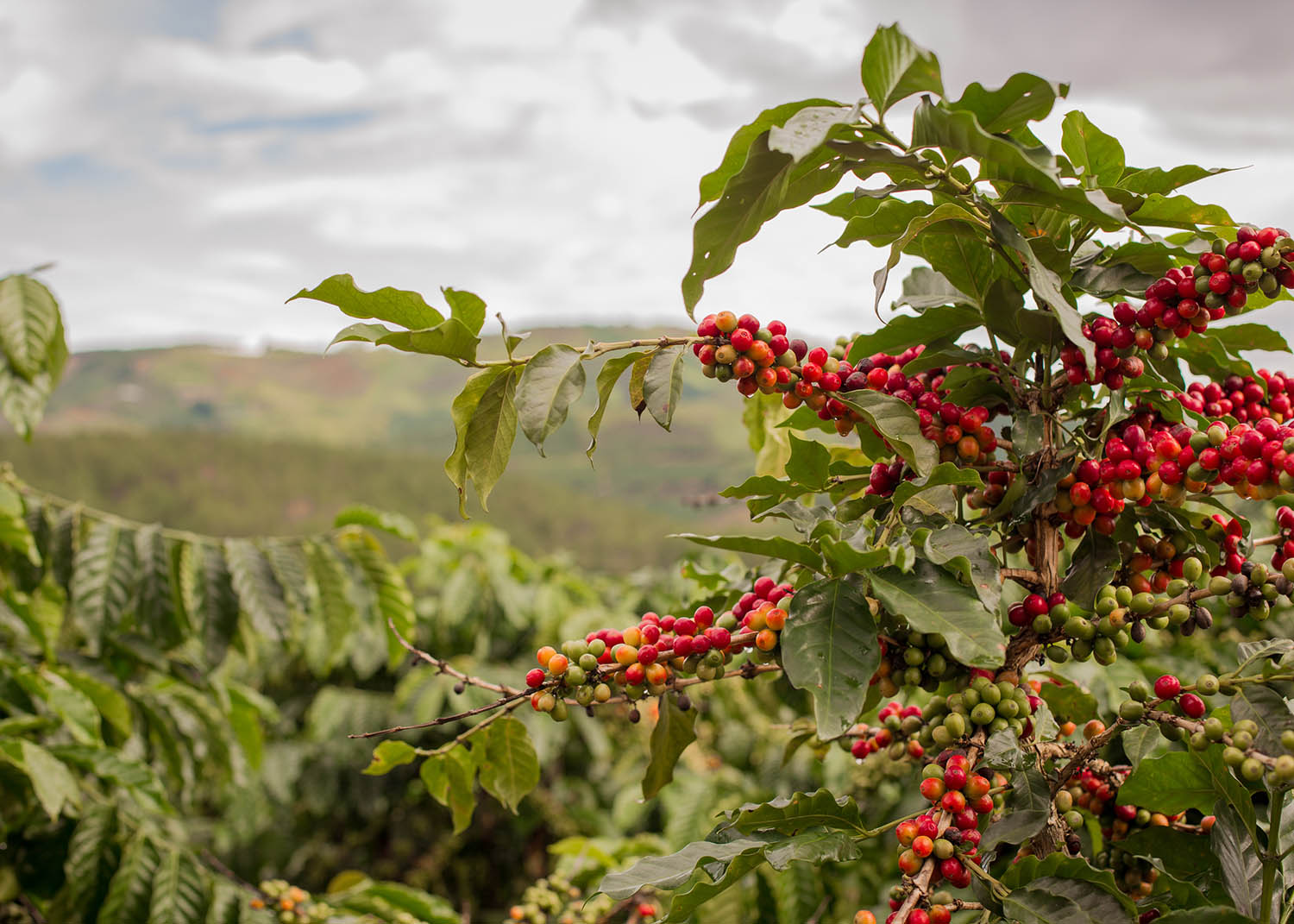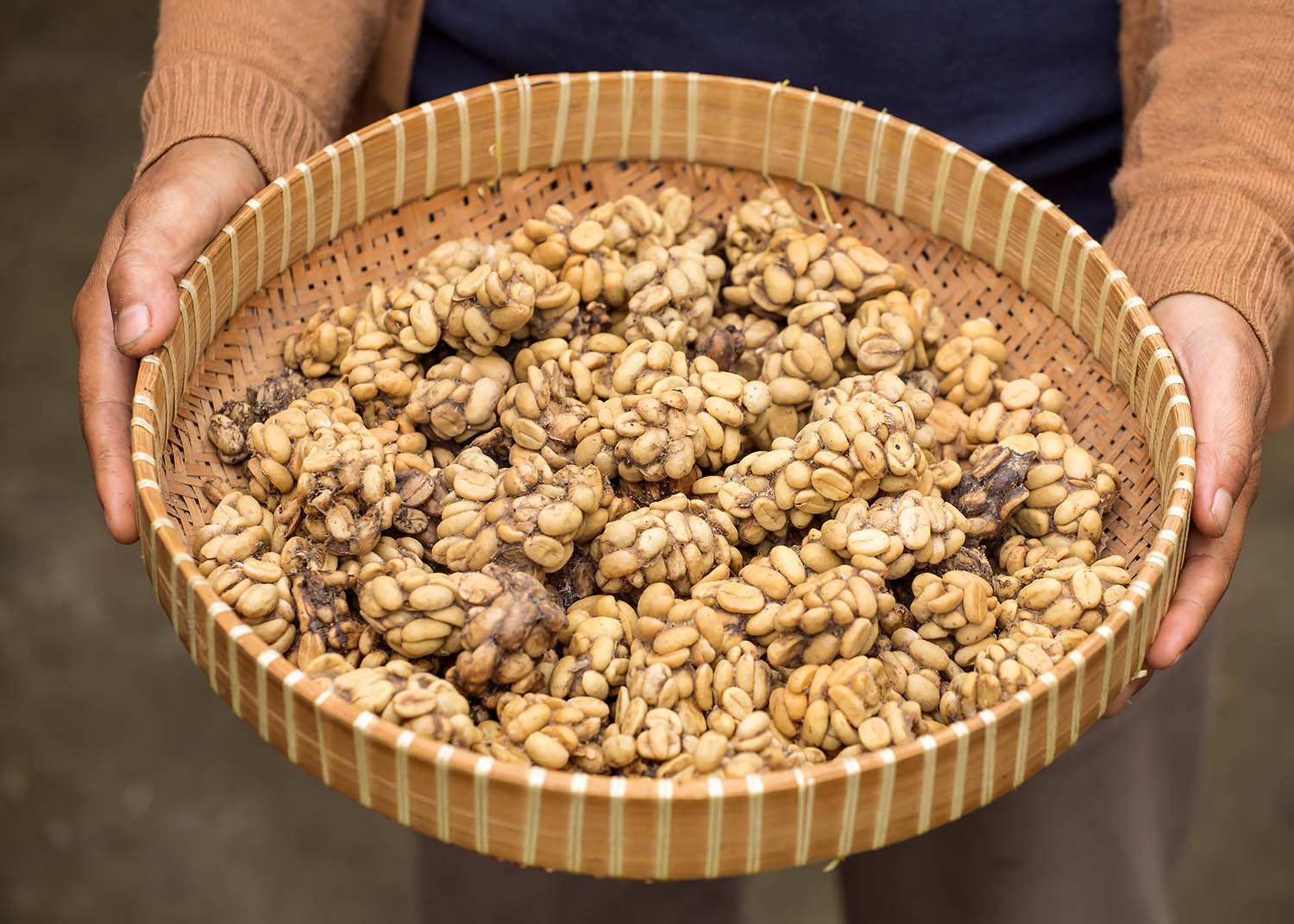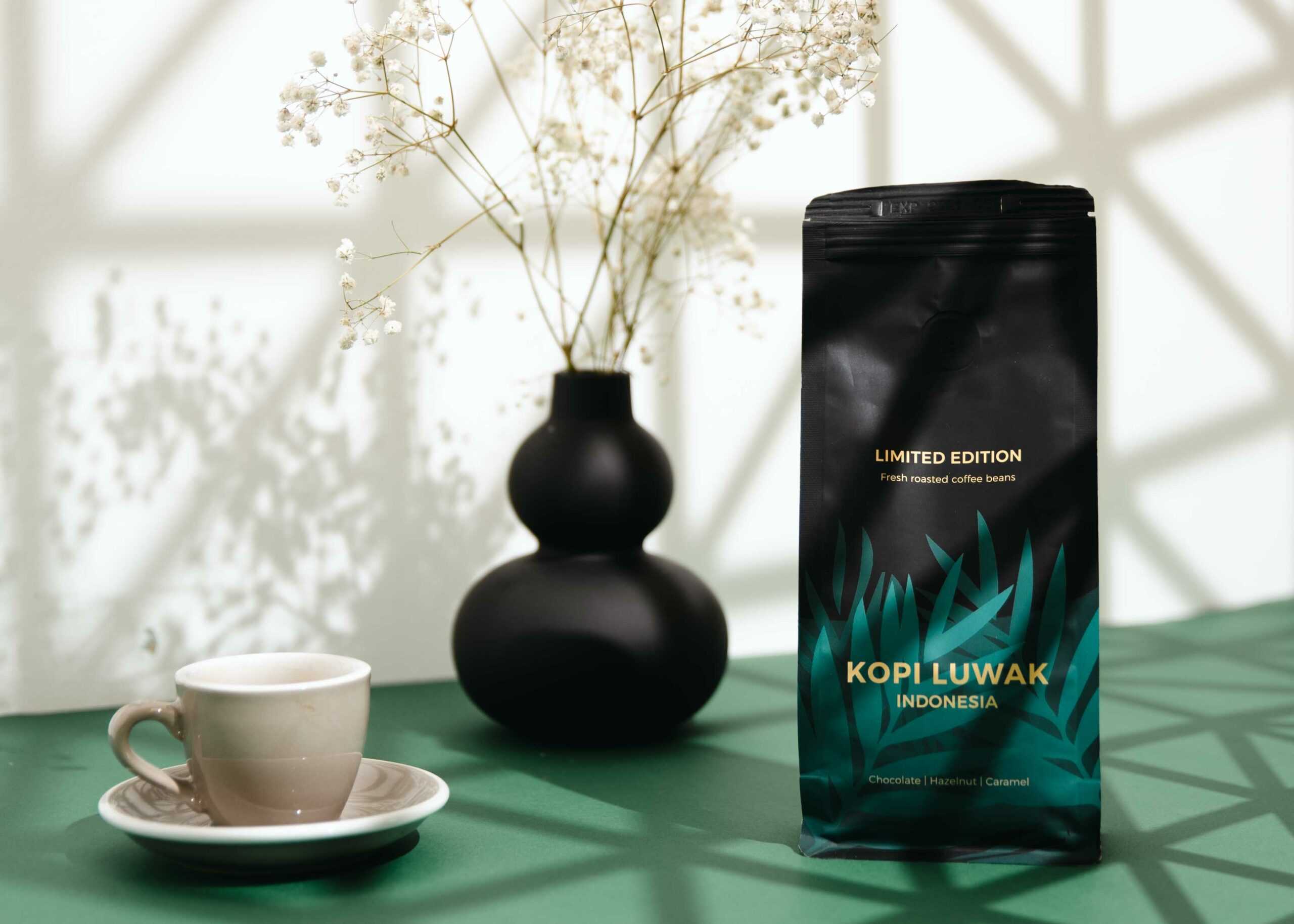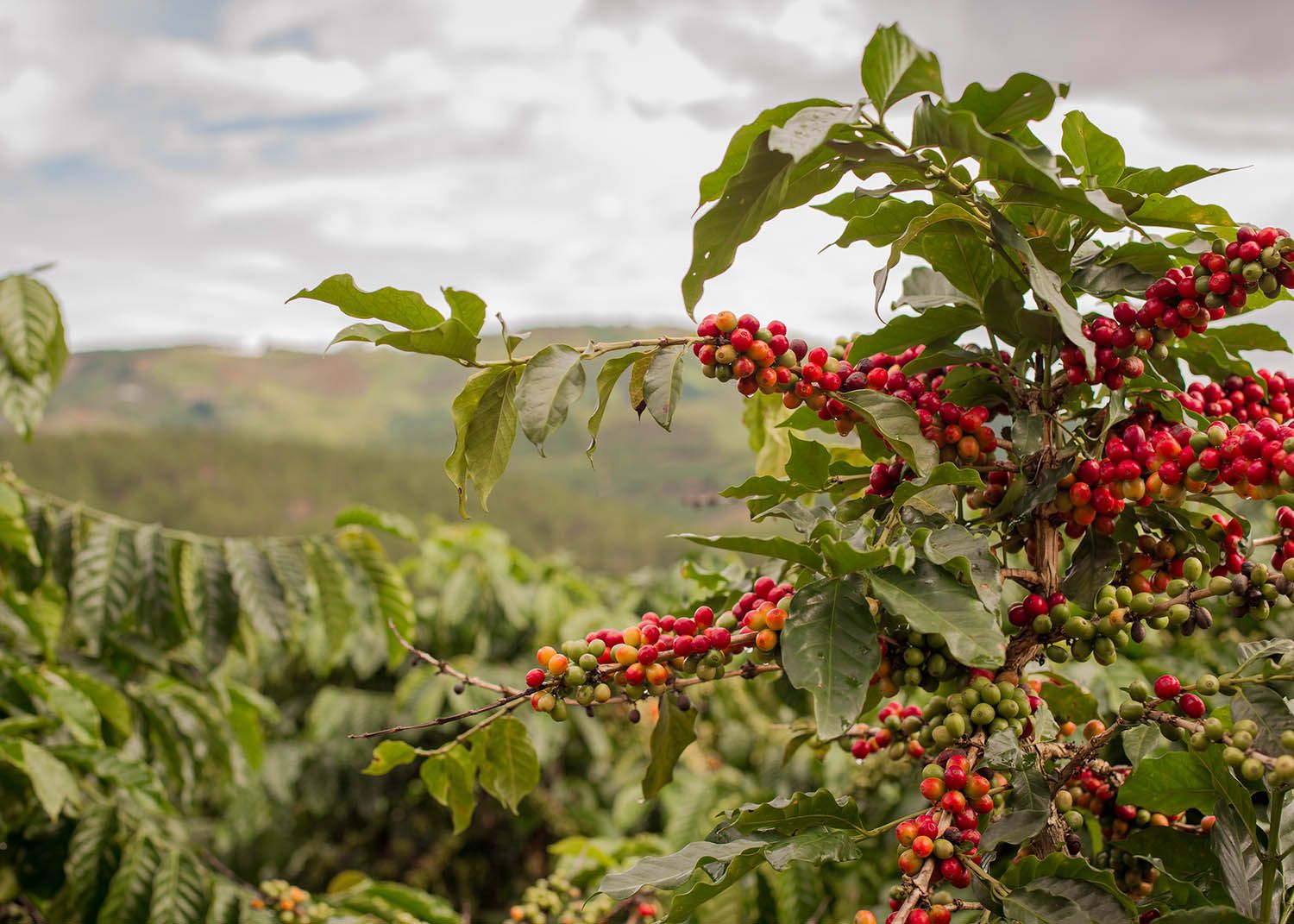Kopi Luwak is perhaps the most talked about coffee in the history of coffee.
For a long time, those in the digestive tract were considered the civet cat processed coffee beans even the most expensive.
Its rarity, the special way it is processed and the legends surrounding its magical taste have made it a delicacy that has been coveted by many curious people for years.
In fact, coffee’s popularity peaked in 2007, after the famous American film Before I Shake My Legs: the film’s protagonist, the snappy millionaire Edward Koul (played by the eccentric Jack Nicholson), prided himself on having the world’s rarest coffee to drink.
And this coffee was the special one Kopi Luwak.
After a wave of stunning popularity, the coffee industry is still constantly asked by coffee lovers today:
What do you think of this coffee?
Is he really something special? How is it different from other coffees?
Finally, is it even worth trying?
First of all, we should not forget that taste and smell are the senses that open up the world to us, and those coffee beans take us into a world of aromas and flavours that is distinctive and very diverse.
So if you are also curious, we invite you to explore the world of Kopi Luwak dive in!
The Story of the Kopi Luwak: How Did It All Start?

According to legend, the Dutch colonists in Indonesia in the 19th century ordered local farmers to give away their entire coffee harvest and forbade them from picking coffee berries for their own use.
Since they no longer had their favourite drink, the resourceful Indonesians found a solution. They discovered the small island animal, the Asian palm civet, in Indonesia Luwak called, which not only eats small creatures, insects and tropical fruits but also likes to refresh itself with coffee berries.
They digest the pulp of the coffee berry and excrete the seeds – the coffee beans – with their faeces. Locals have started collecting, washing, drying and roasting these beans.
To their surprise, the coffee tasted even better than usual after this special treatment: it was less bitter, milder and had a very pleasant aftertaste.
After the Dutch colonists became aware of this extraordinary, exotic coffee, it soon spread all over the world and became a real delicacy.
Kopi Luwak in Hollywood
We have already mentioned that the Kopi Luwak Beans, previously known only to true coffee connoisseurs, after the release of the American film “Before I Shake My Legs” (The Bucket List, 2007) became known in western countries.
The film tells the story of the friendship between two seriously ill pensioners, millionaire Edward Cole (Jack Nicholson) and mechanic Carter Chambers (Morgan Freeman).
The two people, who seem to have nothing in common, have to spend the last days of their lives in the same ward.
As Carter lies in the hospital contemplating the time he has left, he decides to write down all the adventures he wants to have before he dies.
After learning about this list, Edward convinces Carter to escape the hospital and embark on an extraordinary journey to achieve his dreams.
In one of the first scenes of the film, we see Edward Koula as he is Kopi Luwak pours coffee into a cup and says it’s “the rarest drink in the world.” The wealthy connoisseur even has a case with a siphon to enjoy his favourite flavour at any time. However, Edward does not know anything about the origin of this coffee.
A ward friend of his tells him the story of the Kopi Luwak:
Kopi Luwak is the world’s most expensive coffee, although some consider it “too good to be true”. A special species of wildcat lives in the coffee villages of Sumatra. These little animals eat the berries of the coffee trees, digest them and then empty them.
The farmers collect the manure and process it. The combination of coffee beans and the gastric juices of wild cats gives Kopi Luwak coffee its unique taste and aroma.
When the friends hear this, they burst out laughing uncontrollably. Finally, Carter takes a deep breath and crosses one item off his list: “Laugh myself to tears.”
This movie has that Kopi Luwak Coffee quickly made a must-try drink “before you shake your legs.” Encouraged by the charismatic Nicholson and impressed by the exotic origins of coffee, the western world has embarked on an unprecedented taste adventure.
The taste of Kopi Luwak

When you hear these stories, the question naturally arises: is this coffee really something special? Or is it just a publicity stunt and a funny scene from a movie?
Are these beans different from others, and can you Kopi Luwak Recognize coffee by its taste alone?
Massimo Marcone, a food scientist at the University of Guelph in Canada, began 2004 Kopi Luwak examining coffee.
His goal was to answer the question of whether this coffee really differs from others.
After finding no differences visible to the naked eye and concluding that it was not possible to distinguish this coffee from other beans in this way, Marcone used a powerful microscope to see tiny cracks on the beans that were not found in normal coffee.
After further investigation, the scientist found that the cracks were caused by enzymes in the stomach of the civet cat caused.
These enzymes penetrate the beans and cause the proteins to break down. In addition, the coffee beans begin to sprout after they spend about a day in the animals’ stomachs. These processes are similar to the production of malt so one Kopi Luwak can rightly be called malt coffee.
The protein content determines the bitterness of the coffee: the more protein the beans contain, the more bitter the drink tastes.
The intensive breakdown of proteins in Kopi Luwak gives it a soft taste. Other studies (e.g. electronic olfactory analysis) have also shown that the aromatic and flavour characteristics of these beans are indeed different from the unprocessed coffee of the civet cat differentiate.
However, it is important to understand one more thing: the term Kopi Luwak does not refer to the type of coffee bean itself, but only to a specific processing method.
The final taste of the coffee depends on the entire journey of the beans: on the type of coffee chosen (Arabica or robusta), the conditions under which the beans are picked, the work of the roaster… This means that the characteristics of different Kopi Luwak coffees can vary. The better the quality of the beans, the more careful and professional the entire preparation, and the better the coffee.
Are you unsure whether it is safe to drink much coffee at all? Massimo Marcone’s research shows that he is.
Thanks to careful preparation and subsequent roasting, all unwanted residues are removed from the coffee while preserving and enhancing its valuable properties.
Kopi Luwak coffee

Perhaps you are already thinking that it would be interesting to try this particular delicacy. Then we invite you to taste it! The Kopi Luwak Coffee is made from the finest Arabica beans, grown at an altitude of 1 500 m in Central Java (Indonesia).
It is said that this is the place where the best coffee from the processing of civet cat is won.
Its taste is intense, rich and very thick. He smells of chocolate and nuts.
The taste is reminiscent of roasted caramel. A long and pleasant aftertaste lingers on the palate. Sounds tempting, doesn’t it?



Comments are closed.